
In recent days, the mainstream media's coverage of the COVID-19 pandemic would have us believe that Europe is "awash" in a substantially elevated number of deaths related to the 2019 edition of the novel coronavirus. In fact, thanks to the European Monitoring of Excess Mortality for Public Health Action or EuroMOMO, we have data showing us the reality of the situation.
EuroMOMO looks at the pooled estimated all-cause mortality from 24 participating nations and regions in Europe. EuroMOMO tracks excess mortality which is defined as the number of officially recorded deaths vs the average death rate. The most recent data is for week 15, 2020 and shows the following (by age group):
As you can see, on a Europe-wide basis, in 2020, there has been an increase in all-cause mortality similar to what is experienced in normal seasonal influenza outbreak (particularly when comparing to he 2016 influenza season) and that most of the excess deaths have taken place in persons 65 years of age and older.
While there are delays in reporting the total number of deaths which means that caution should be used when drawing conclusions from the current data base, the current lack of elevated mortality rates could be related to two factors:
1.) increased death rates occur in smaller subnational regions which average out and are not detectable at the national level and even less so when looking at Europe as a whole.
2.) increased death rates may be concentrated in smaller age groups.
Here is a country-by-country breakdown in the weekly z-score which is defined as the deviations from the baseline for all age groups:
Note that 11 nations (including England, Northern Ireland, Scotland and Wales as separate nations) have seen an excess number of deaths whereas 11 nations have not seen an excessive number of deaths.
Now, let's look at EuroMOMO's maps of Europe. Here is a map showing the weekly Z-score up to week 15 of 2020 showing which nations have an excess Z-score:
As you can see, other than Italy, Spain, Belgium, the Netherlands, Malta, Sicily and England, all other major European nations are showing no significant excess in the number of deaths meaning that deaths are either at or below expected levels. If you look back to week 3 of 2020 before the COVID-19 virus became a problem, you would see that both Portugal and Spain had a significant number of excess deaths and Italy had an above expected number of excess deaths as shown here:
In fact, when measured using excess deaths, much of Europe has had a relatively mild influenza season during 2020
Let's compare this to week 6 during the 2019 influenza season:
As you can see, several nations had either a high or very high number of excess deaths including France, Portugal and Spain.
Let's compare this to week 1 during the 2018 influenza season:
Much of southwestern Europe including Portugal, Spain, Italy and France had very significant spikes in the number of excess deaths. Most of the United Kingdom was hit fairly hard with Scotland having a very high number of excess deaths.
Let's compare this to week 2 during the 2017 influenza season:
Once again, most of southwestern Europe including Portugal, Spain, Italy, Switzerland, France and Greece had very significant spikes in excess deaths and most of Scandinavia and parts of the United Kingdom had above expected to a high number of excess deaths. It is key to note that, despite the obvious elevated death rate in early 2017, European nations did not impose any quarantine measures for their citizens.
This begs the question; with Europe having a repeated pattern of either highly elevated or very highly elevated mortality during the influenza seasons of 2017 to 2019 and this year looking much better, why is it that European governments have invoked mandatory lockdowns in 2020 but did not adopt the same restrictive policy during the influenza seasons of 2017 and 2018 when there was an obvious spike in deaths? What exactly is different
this time?
Click HERE to read more from this author.
You can publish this article on your website as long as you provide a link back to this page.

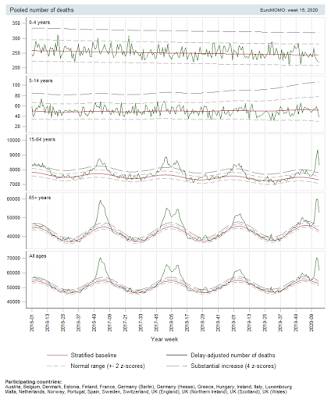
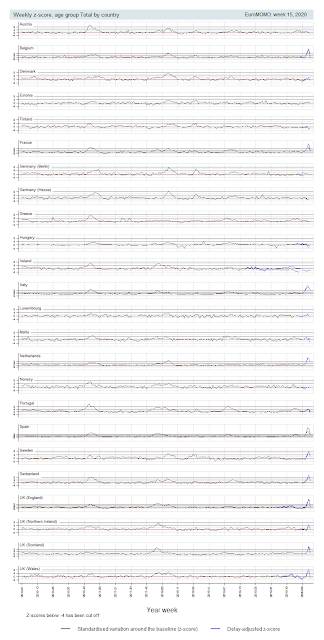
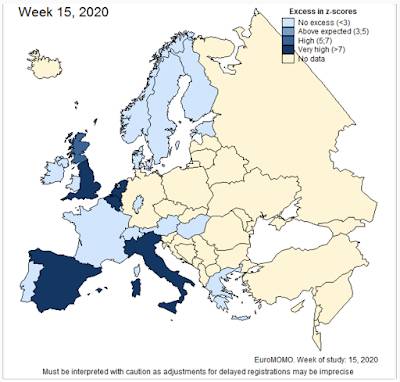
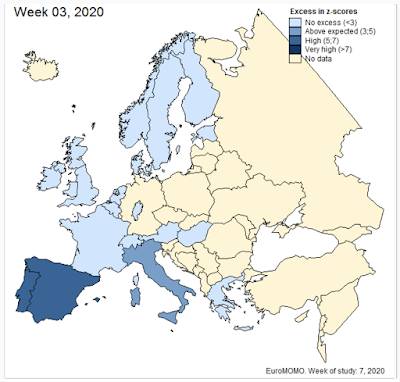
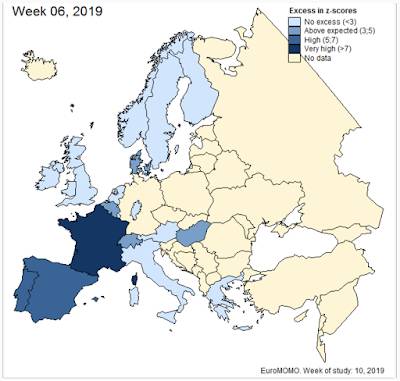
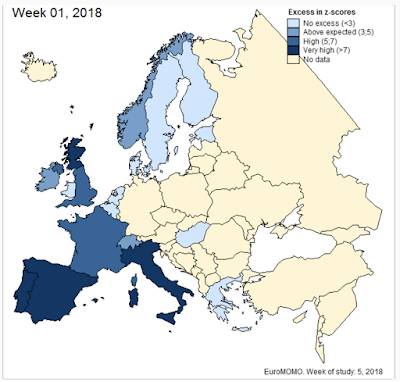
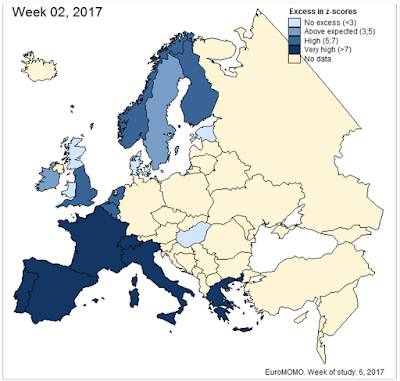
Be the first to comment